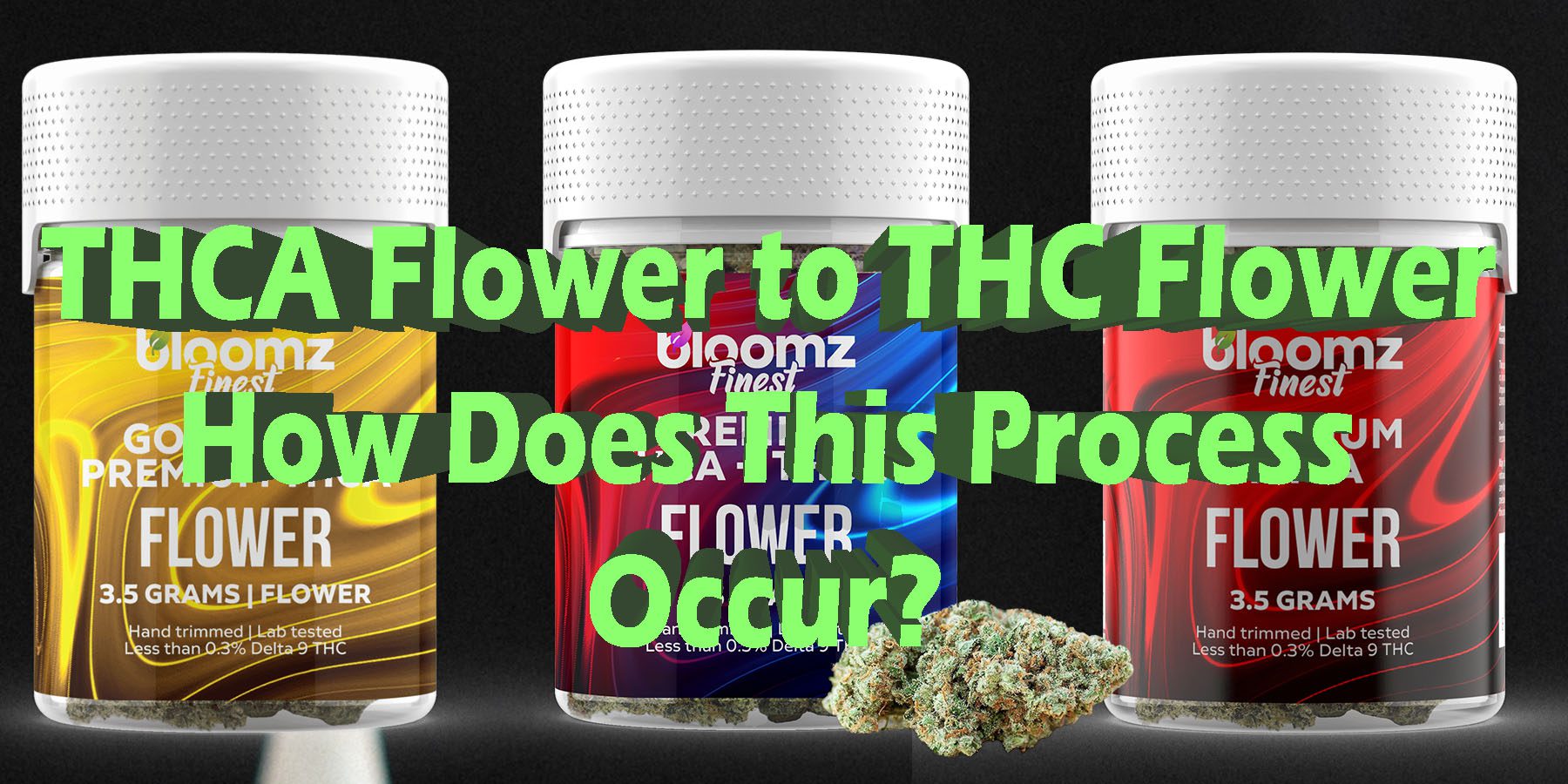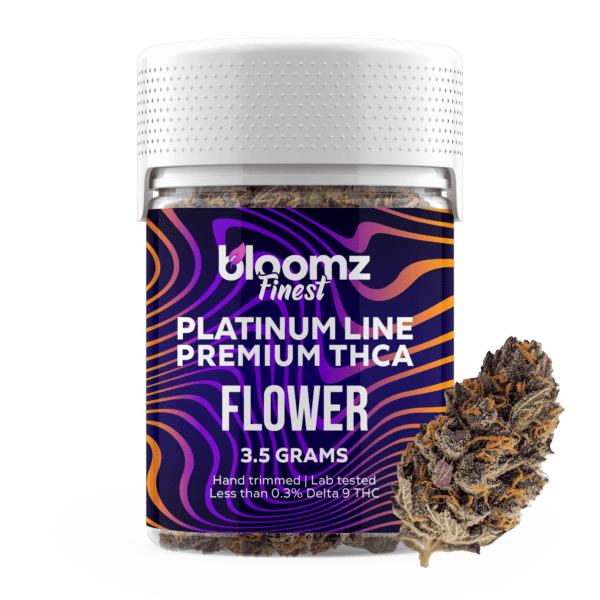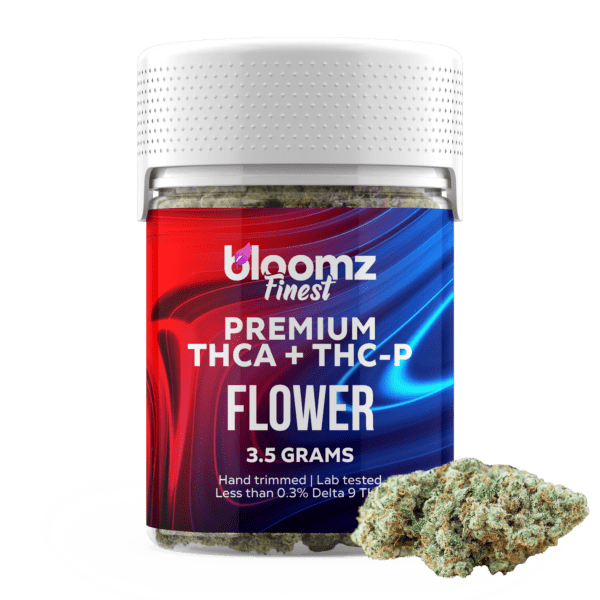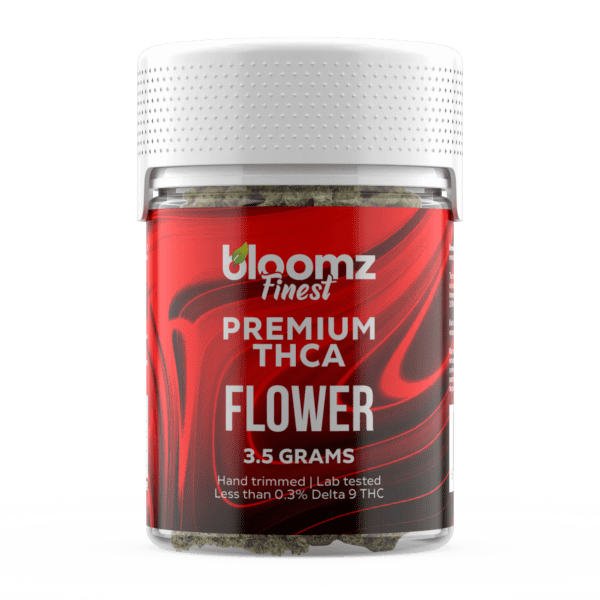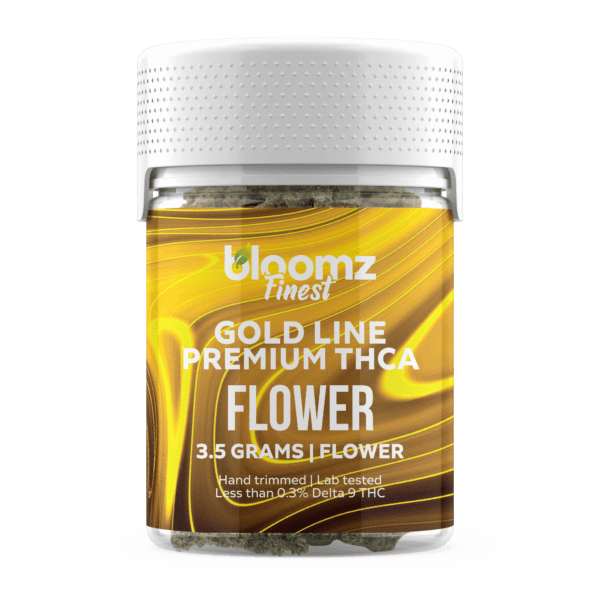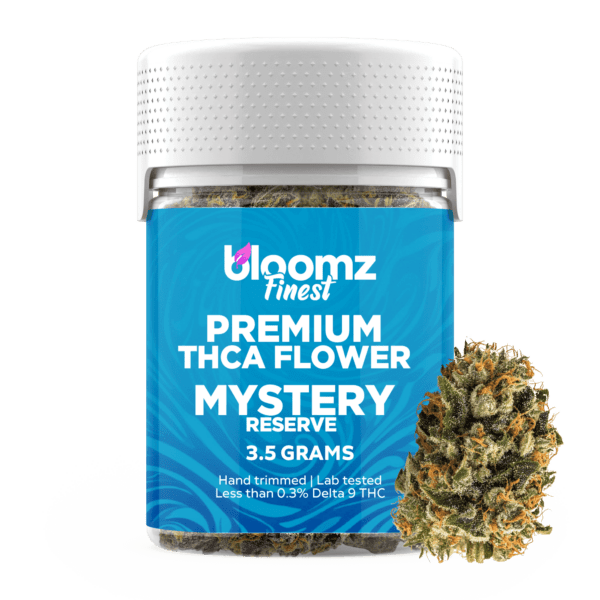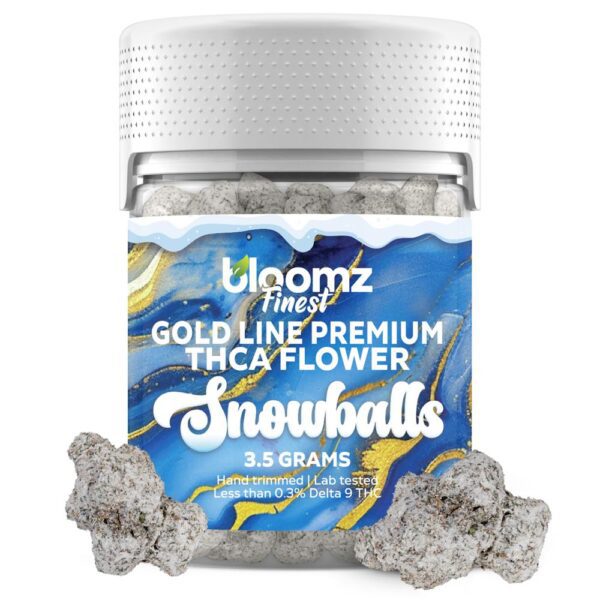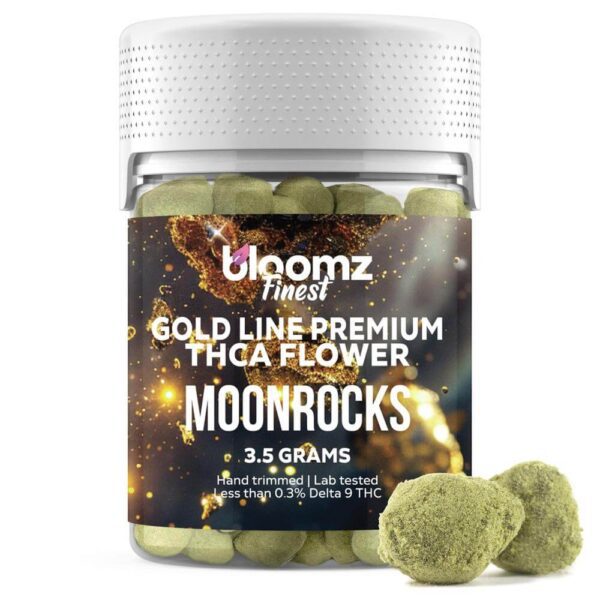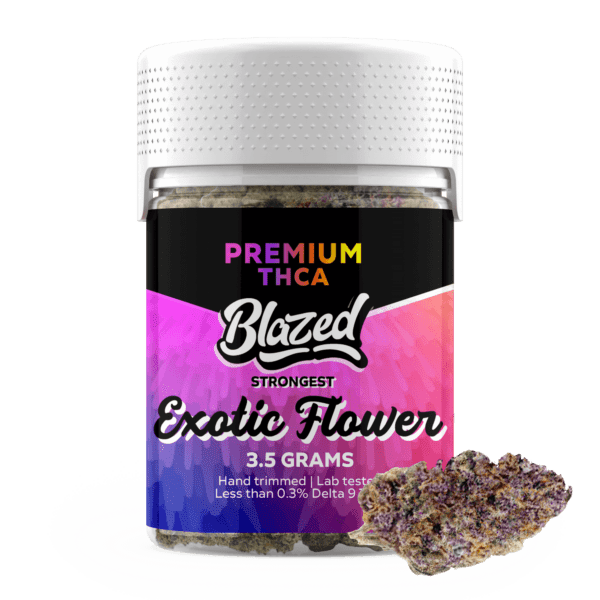The journey from THCA (tetrahydrocannabinolic acid) to THC (delta-9-tetrahydrocannabinol) is one of the most fascinating processes in cannabis chemistry. Understanding how THCA, the non-psychoactive precursor to THC, transforms into the psychoactive compound is essential for anyone passionate about cannabis science, cultivation, or consumption. This process doesn’t just happen magically; it involves heat, chemistry, and an understanding of cannabis plant biology.
TO BUY THCA FLOWER CLICK HERE
-
Product on sale
 THCA Flower – Platinum Line$49.99
THCA Flower – Platinum Line$49.99$79.99 -
Product on sale
 THCA + THC-P Flower$47.99
THCA + THC-P Flower$47.99$89.99 -
Product on sale
 Exotic THCA Pre-Rolls Gold Line – 3-Pack/6 Pack$36.99
Exotic THCA Pre-Rolls Gold Line – 3-Pack/6 Pack$36.99$69.99
What Exactly is THCA Flower?
THCA flower refers to raw cannabis buds rich in tetrahydrocannabinolic acid (the acidic precursor to THC). When cannabis plants are harvested, dried, and cured, the cannabinoids present in their trichomes are predominantly in their acidic forms. THCA is non-psychoactive, meaning it does not produce the “high” associated with cannabis. Instead, it is valued for its potential therapeutic properties, which researchers are still actively studying.
The THCA-rich flower is ideal for juicing, topical applications, or consumption methods that avoid heat. However, to unlock the psychoactive properties of cannabis—those euphoric and intoxicating effects—the THCA in the flower must first convert into THC. This is where the magic of decarboxylation comes in.
Decarboxylation: The Key to THCA to THC Conversion
The process of transforming THCA into THC is known as decarboxylation. This chemical reaction involves removing a carboxyl group (a single carbon atom bonded to two oxygen atoms) from the THCA molecule. Decarboxylation occurs when cannabis is exposed to heat or light, making the THCA molecule lose its acidic group and convert into THC.
The Science of Decarboxylation
At a molecular level, the THCA molecule contains a carboxyl group (COOH) that prevents it from binding effectively to cannabinoid receptors in the brain, which is why it is non-psychoactive. Heat acts as a catalyst, breaking the bonds between the carboxyl group and the THCA molecule. Once this group is removed, the remaining molecule becomes THC, which can interact with the CB1 receptors in the brain to produce psychoactive effects.
The decarboxylation reaction is typically represented as follows: THCA → THC + CO₂ – this equation shows that for every THCA molecule that decarboxylates, a molecule of carbon dioxide (CO₂) is released. Hence, why the process requires exposure to high temperatures, as energy is needed to break these molecular bonds.
How Heat Triggers the THCA-to-THC Conversion
Decarboxylation is a temperature-dependent process, meaning it requires specific heat levels to efficiently convert THCA into THC. However, it’s not just about applying heat but also ensuring that the heat is applied at the right temperature and for the right duration.
The Temperature Threshold
THCA begins to decarboxylate at temperatures as low as 220°F (104°C), but the process becomes more efficient around 230°F-250°F (110°C-121°C). At these temperatures, the carboxyl group is removed without damaging the other valuable cannabinoids and terpenes present in the flower.
If the heat exceeds 300°F (149°C), cannabinoids and terpenes may degrade, leading to diminished potency and altered flavor profiles. Proper temperature control is critical in maximizing the THC content while preserving the flower’s other beneficial compounds.
The Role of Time
Time is equally important in the decarboxylation process. The longer the flower is exposed to heat, the more complete the decarboxylation. However, leaving the flower in high temperatures for too long can also lead to the degradation of THC into CBN (cannabinol), a cannabinoid known for its sedative properties.
For optimal results, decarboxylation typically requires 30-45 minutes at up to 250°F (121°C) max, depending on the method and equipment used.
-
Product on sale
 THCA Flower$27.99
THCA Flower$27.99$79.99 -
Product on sale
 THCA Flower – Indoor Exotics – Gold Line$37.99
THCA Flower – Indoor Exotics – Gold Line$37.99$69.99 -
Product on sale
 THCA Flower – Mystery Reserve$41.99
THCA Flower – Mystery Reserve$41.99$79.99
Methods of THCA to THC Decarboxylation
Cannabis consumers and cultivators use various methods to decarboxylate THCA flower into THC flower. Each method depends on the intended use, equipment availability, and level of precision required.
Smoking and Vaping
The most common and straightforward method of decarboxylation occurs when cannabis is smoked or vaped. When the flower is exposed to the high heat of a lighter, torch, or vaporizer, the THCA rapidly decarboxylates into THC. Smoking or vaping is instantaneous, providing almost immediate psychoactive effects.
Smoking: Combustion temperatures often exceed 450°F (232°C), ensuring near-complete decarboxylation. However, excessive heat can destroy some cannabinoids and terpenes.
Vaping: Vaporizers allow users to control the temperature more precisely, often set between 315°F-430°F (157°C-221°C) to preserve terpenes and cannabinoids while efficiently converting THCA to THC.
Cooking and Edibles
Decarboxylation is a critical step when preparing cannabis edibles. The raw cannabis flower must be heated in an oven or decarboxylate before being infused into butter, oil, or other mediums.
Oven Decarboxylation: This is the most common method for home cooks. The cannabis is spread evenly on a baking sheet and heated at 230°F-250°F (110°C-121°C) for 30-45 minutes. Regular stirring ensures even exposure to heat.
Decarboxylation Machines: These specialized devices automate the process, ensuring precise temperature and timing for optimal results.
Sunlight Exposure
Although less efficient, sunlight can also trigger decarboxylation. Prolonged exposure to UV rays and heat over time can convert THCA into THC. However, this method is impractical for those looking for precise results and may lead to cannabinoid degradation.
Factors Affecting THCA to THC Conversion
While heat is the primary driver of decarboxylation, these main factors influence how efficiently the process occurs:
- Moisture Content in the Flower: Excess moisture in the flower can inhibit decarboxylation. Drying and curing the cannabis properly before decarboxylation is essential to remove excess water, allowing the heat to penetrate the trichomes and trigger the reaction.
- Terpene Preservation: Terpenes, the aromatic compounds in cannabis, are highly sensitive to heat. Overheating the flower during decarboxylation can destroy terpenes, altering the flavor, aroma, and potential entourage effects. This is why controlling temperature and duration is critical.
- Cannabinoid Concentration: The initial concentration of THCA in the flower determines the final THC content. Not all THCA is converted to THC during decarboxylation; the process is not 100% efficient. Generally, about 75-90% of the THCA in cannabis is converted into THC, with the rest lost to degradation or incomplete reactions.
Post-Decarboxylation: What Happens to the Flower?
Once the THCA flower is fully decarboxylated into THC flower, it becomes active and ready for use in a variety of consumption methods. The transformation enhances the flower’s psychoactive potential, making it suitable for smoking, vaping, cooking, or other applications.
Cannabinoid Stability: THC is more chemically stable than THCA but still vulnerable to degradation over time. Exposure to light, oxygen, and heat can cause THC to degrade into CBN. Proper storage in an airtight, light-proof container can extend the flower’s shelf life.
Enhanced Bioavailability: THC has greater bioavailability than THCA, meaning the body absorbs it more efficiently. This is why decarboxylated cannabis produces stronger and more immediate effects compared to raw THCA flower.
Also, we want to point out that understanding the decarboxylation process is critical for anyone interested in cannabis cultivation, production, or consumption. From growers optimizing harvest conditions to chefs crafting cannabis-infused recipes, knowing how to convert THCA to THC allows for greater control over potency and effects.
The Science Behind THCA to THC Transformation is a Fascinating One Indeed!
The transformation of THCA flower into THC flower is a precise, heat-driven process that underscores the complexity of cannabis science. Decarboxylation is not only essential for unlocking the psychoactive potential of cannabis but also for maximizing its therapeutic benefits.
By understanding how this process works, consumers and cultivators alike can make the most of their cannabis experience. Whether you’re a seasoned cannabis enthusiast or a curious newcomer, the journey from THCA to THC highlights the intricate interplay between science, heat, and cannabinoids. So, next time you light up, bake an edible, or use a vaporizer, you’ll have a deeper appreciation for the molecular transformation that turns THCA flower into THC flower—a process that defines the cannabis experience as we know it.
TO BUY THCA FLOWER CLICK HERE
-
Product on sale
 THCA Snowballs – Gold Line$57.99
THCA Snowballs – Gold Line$57.99$89.99 -
Product on sale
 THCA Moonrocks – Gold Line$57.99
THCA Moonrocks – Gold Line$57.99$89.99 -
Product on sale
 Blazed Exotic THCA Flower$36.99
Blazed Exotic THCA Flower$36.99$79.99

